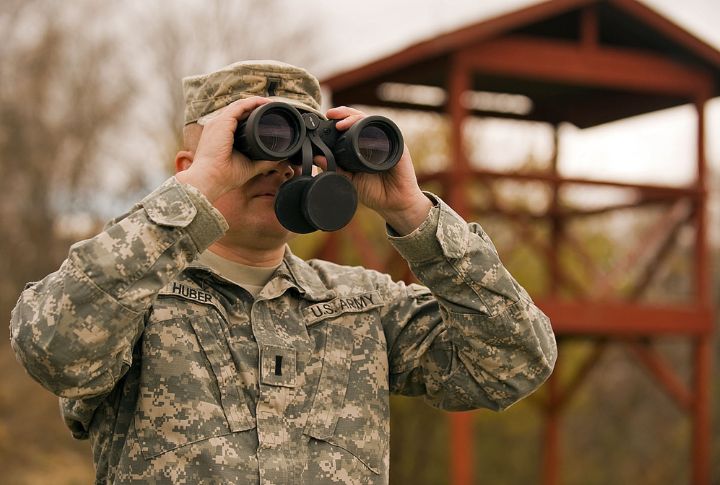
Not every soldier held a rifle on the front lines. Some jobs placed troops in even more dangerous situations, often with little protection and no clear path home. These roles didn’t always make headlines, but they came with constant risk. Here are ten Vietnam War assignments where survival was never promised.
Point Man
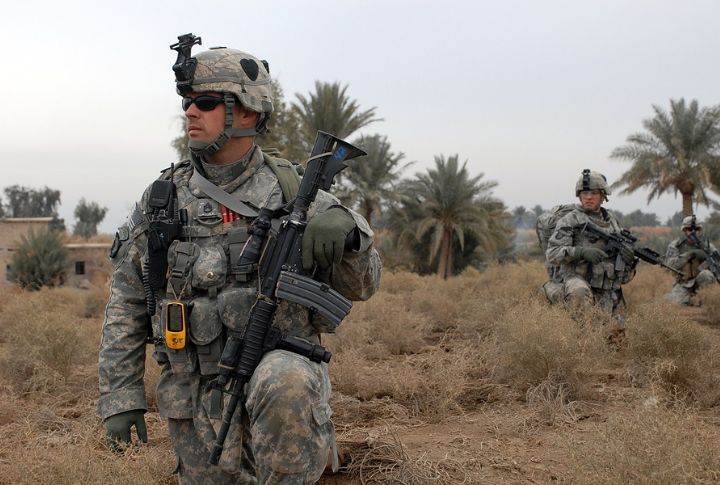
He walked first, eyes scanning the jungle for tripwires and mines. His steps often decided who lived or died. Stress built fast, and rotations came often. Yet some still stepped up again. Snipers tracked him first. In many patrols, the point man carried every second on his back.
Combat Medic
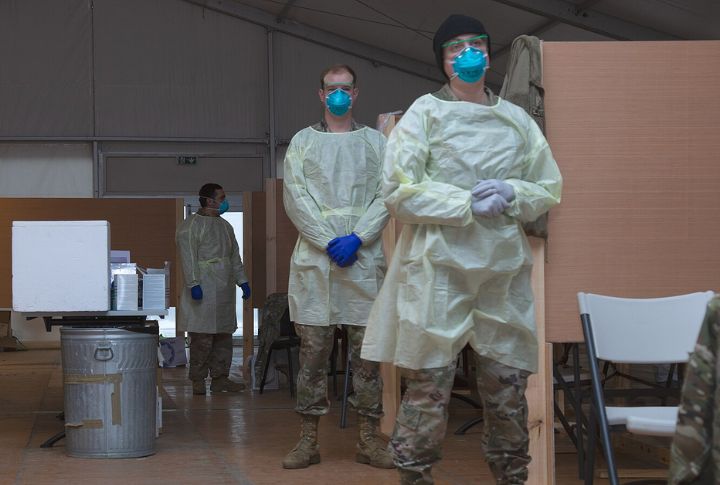
These medics ran toward the gunfire, not away from it. Treating wounds under fire, often unarmed, meant casualties among medics were tragically high. Many taught themselves advanced procedures on the go. Their packs outweighed most rifles. If someone cried for help, medics answered without hesitation.
LRRP (Long-Range Reconnaissance Patrol)
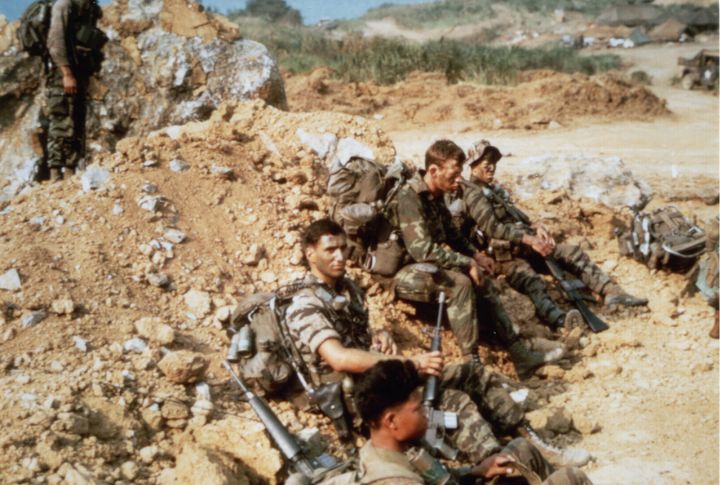
Dropped deep behind enemy lines, LRRPs lived unseen for days. They carried minimal supplies, used hand signals, and relied on stealth over strength. Detection meant death, so missions demanded total silence. Sleep was rare, backup rarer. From these ranks came today’s elite Rangers shaped by near-impossible odds in hostile terrain.
Combat Engineer
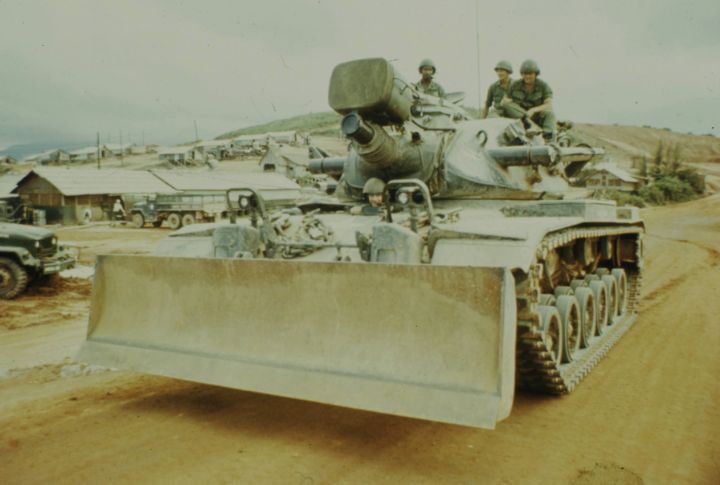
With explosives in hand, they cleared mines and built routes under threat. Laying charges near the front line turned them into targets. The unstable terrain tested both nerves and knowledge. Nicknamed “walking targets,” these engineers worked without cover, counting on precision more than luck.
Door Gunner

Perched in helicopter openings, legs swinging in the air, these gunners fired M60s while fully exposed. Enemy fire came fast as armor protection didn’t exist. Most gunners lasted only weeks. Despite that, many returned to missions daily. These fighters watched battlefields pass beneath them, sometimes not knowing which would be their last.
Sniper Scout
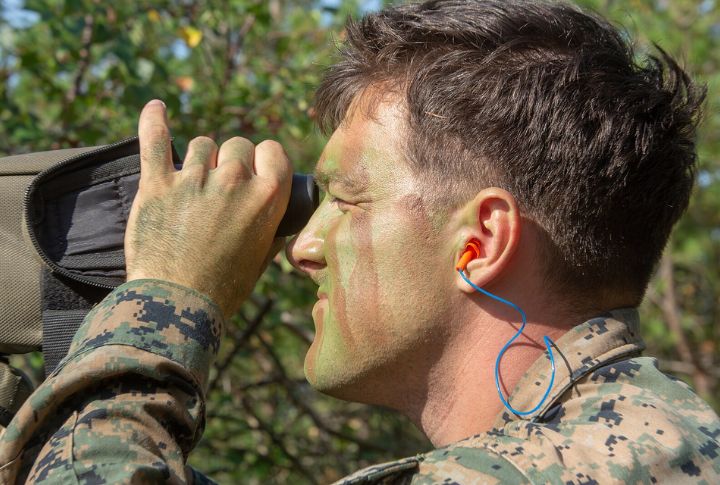
Moving alone or in silent pairs, they crawled through enemy terrain for hours. Their presence had to remain invisible. Getting captured meant certain death. In fact, they recorded over 100 kills in a single tour. Still, their missions focused more on watching than shooting. Every breath was timed with caution.
Forward Observer
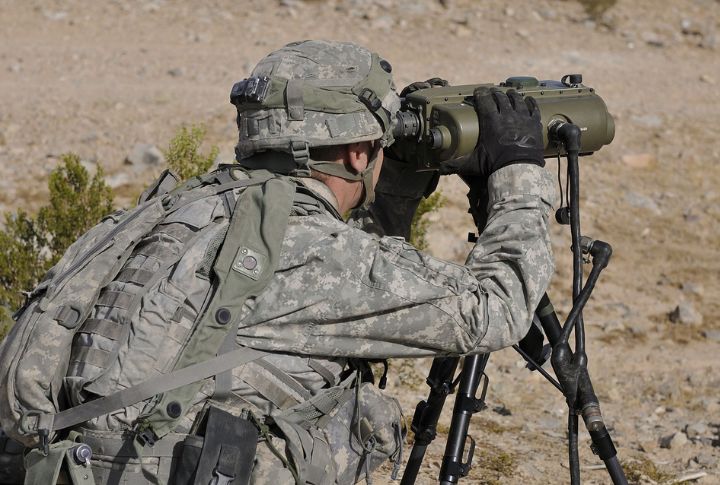
They stepped ahead of the unit to call in airstrikes, watching both the enemy and the sky. Enemies traced their radio signals, and their missteps could trigger a friendly fire. With only a flare or field notes to rely on, forward observers had to memorize chaos and direct steel with pinpoint accuracy.
Convoy Driver
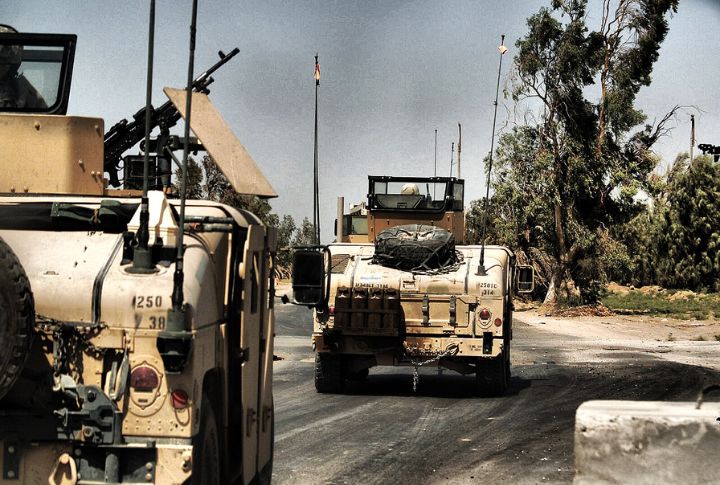
Mile after mile, these drivers steered supply trucks through roads riddled with ambushes and mines. Highway 1 became a gauntlet, and unarmored trucks bore the brunt of surprise attacks. Decoy checkpoints and fake locals tested every instinct. Drivers sometimes mounted scrap metal shields just to improve their odds of making it back.
Pathfinder

They jumped in first, before any backup, to steer helicopters into chaotic terrain. Parachuting or rappelling into dense jungle meant instant exposure. With smoke and radio cues, they carved safe paths from pure uncertainty. When things went wrong, no one was coming first because they were already there, surrounded.
Radio Operator
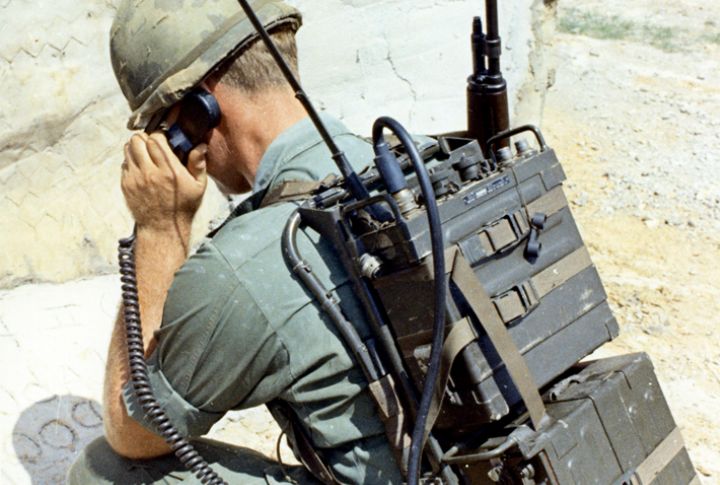
Radio operators carried communication. PRC-25 radios weighed over 25 pounds, and enemy snipers aimed for their antennas. Plus, evacuations and strike orders often ran through them, not just leaders. Their voices connected battlefields, yet silence meant safety. Sometimes, a flare was their only fallback in complete isolation.

